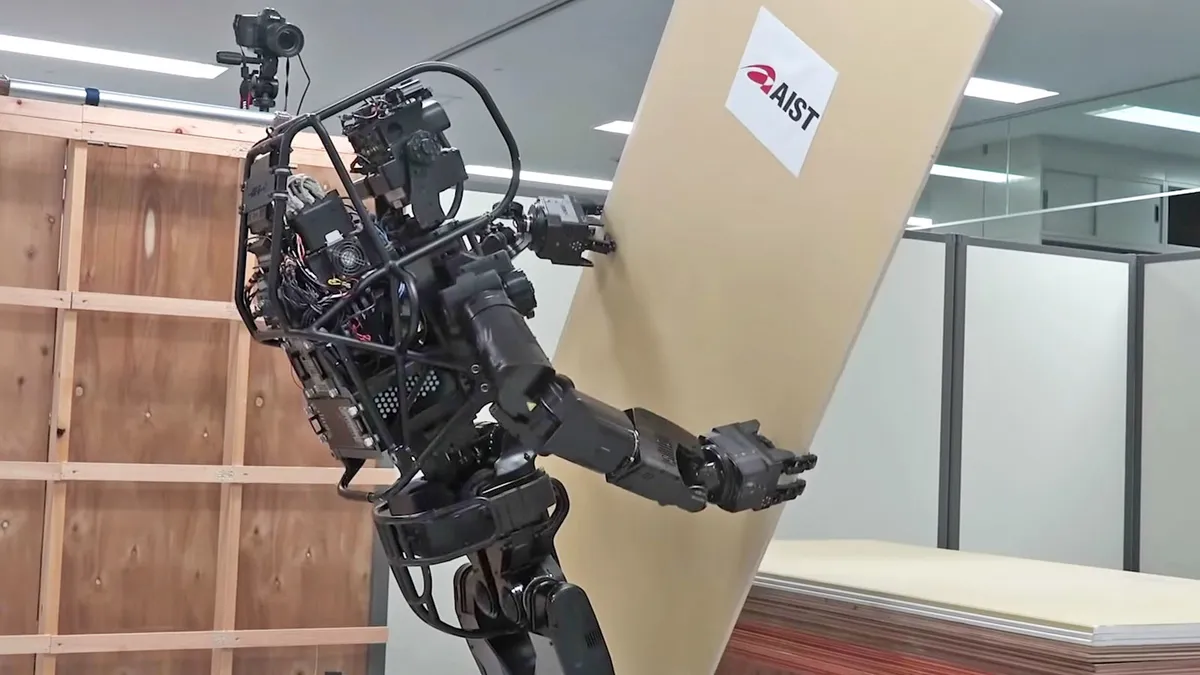Dive Brief:
- A growing number of construction companies are incorporating robots to solve labor shortages and reap the benefits of improved speed, efficiency, safety and profits, according to a new report.
- Robots are beginning to make their way into a variety of construction tasks, which will change the way the industry operates, says the “Construction & Demolition Robots” report from market intelligence firm Tractica. The largest market will be for robot assistants used on construction sites; followed by infrastructure robots for demolition, site prep and road building; structure robots such as bricklayers, welders and 3D concrete printers; and finishing robots, which perform tasks such as drilling, drywall installation, cleaning and painting.
- The report forecasts that revenue for suppliers will increase from $22.7 million in 2018 to $226 million annually by 2025. During that period, more than 7,000 construction robots will be deployed to address a variety of construction and demolition tasks.
Dive Insight:
Although the construction industry has historically resisted automation, a nationwide shortage of skilled labor may push U.S. firms to consider artificial intelligence to fill the gap. The technology is rapidly advancing, with robots being employed to hang drywall, weld and lay bricks.
In order to maintain high standards of craftsmanship, some companies are looking to a hybrid "cobot" option. Collaborative robots are designed to work alongside human counterparts instead of replacing them entirely to improve productivity for tasks that would otherwise be considered busywork for employees, according to the Robotics Business Review. They can also significantly lower operating costs by cutting down on the amount of labor needed for a project.
A few companies are offering construction robot products for sale or lease, said Tractica senior analyst Glenn Sanders. The main categories that are currently available include robots for demolition, bricklaying, drilling, 3D printing and rebar tying, plus a few exoskeletons and assistant robots for lifting loads, he said.
Sanders added that midsize and major construction companies are beginning to incorporate these robots to solve issues related to worker shortages, safety, speed, accuracy, and integration with building automation and BIM.














